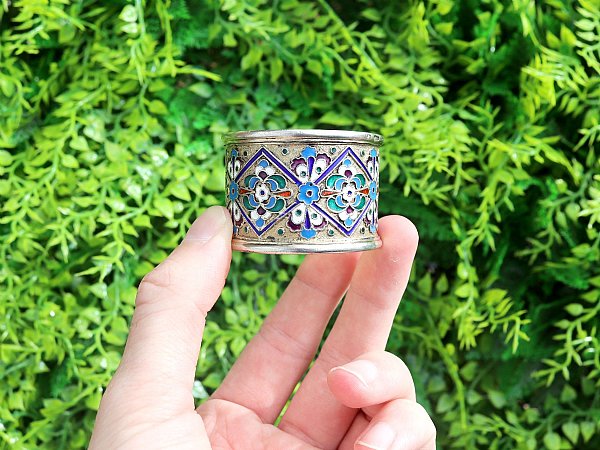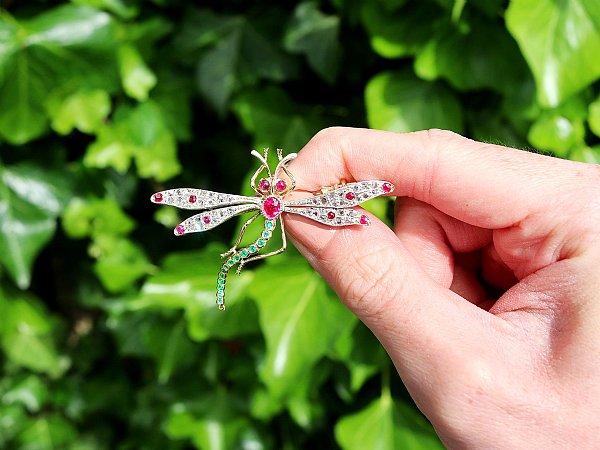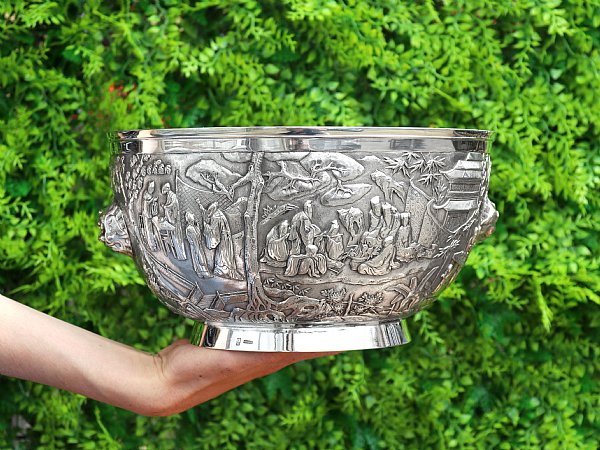Search Results for: '{{searchText}}'
Sorry...
We don't seem to have what you're looking for.
However we do have thousands of magnificent pieces of silver and jewellery available for you to view online. Browse our store using one of these categories.
Please wait for loading data... 
Here at AC Silver we have a fantastic collection of silver napkin rings, including pairs, sets of four, six, and even nine for sale.
Silver napkin rings have traditionally been given as christening gifts since the mid nineteenth century, and are still a popular choice today.
We are proud to be able to offer our customers a range of antique silver napkin rings, including Britannia silver and sterling silver napkin rings from the Georgian, Victorian and Edwardian eras.
These napkin rings are of the finest quality and are in in presentation condition. Napkin rings are a charming piece which can be used practically during formal dining, or can be used as delightful ornamentation.
The level of skill and craftsmanship which has gone into creating such delicately engraved and pierced items of antique silverware is evident in the pieces themselves.
Please peruse our collection of silver napkin rings, and we hope that you find a piece which you can treasure

Napkin rings are designed to hold a table napkin or serviette neatly on a dining table.
The original purpose of the napkin ring was for hygiene. Cloth napkins were not washed every day, thus society needed a way to designate particular napkins to individual users. Singular napkin rings were often engraved with numbers to ensure that each person received their own napkin each mealtime.
Silver napkin rings began to rise in popularity among the European bourgeoisie from as early as 1800. The increased wealth of the middle class increased the use of such pieces throughout Europe and the Western world, whereas references to silver napkin rings in American households can be found dating back to 1865.
Silver napkin rings were typically sold in sets of four or six. As well as being practical, they were also utilised as table decorations. Napkin rings could feature many intricate designs, from stylised engraving to heavy chasing, or applied castings. Family monograms were also not uncommon.
Common materials for napkin rings included silver and silver plate. Ivory was also a popular choice during the 19th century. As the prevalence of napkin rings grew, as did the materials they were crafted from. This range eventually included materials such as wood, glass, porcelain and bone.
Napkin rings are known to be traditional christening gifts. In some cultures, they have earned the moniker ‘christening bangle’. The tradition of gifting napkin rings as christening and wedding presents began in the 19th century; this practice continues today, perhaps due to the personal nature of such a gift.
The first thing to remember is when to pick up your table napkin to place on your lap. The custom here is to wait for the host or the guest of honour to remove the napkin first from the table and place on their lap before you do so; consider this action from the host / guest of honour a cue.
If you have a large napkin, it isn’t necessary to completely unfold it. Leaving it folded in half is more proper. If you are faced with a small napkin however, then it is fine to unfold it completely. And, as above, place the half folded or completely unfolded napkin onto your lap. This is where it should remain for the entire meal, unless you get up to use the toilet. In which case place the napkin on your chair, stain side up.
Try to use your napkin frequently during the meal, to blot or pat your lips, not to wipe them. Also, try to blot your lips before you take a drink of your beverage. This way you avoid getting bits of food on your glass.
It is never appropriate for you to tuck your napkin into your collar. Nor is it okay to flap your napkin wildly around- even if you’re trying to illustrate a point!
If a napkin ring is present, then remember, once you have removed the napkin, place the napkin ring at the top left of your table setting. At the end of your meal, grasp your napkin in the centre, pull it through the napkin ring, making sure to place it to the left of your table setting, with the point of your napkin facing the centre of the table.




